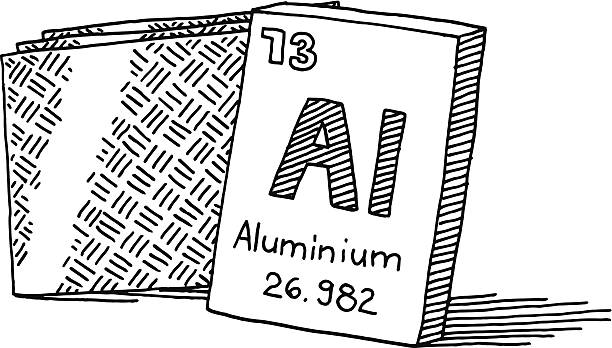
Atoms are the building blocks of chemistry and a source of endless fascination for scientists of all ages. This collection of middle school activities includes hands-on labs, edible models, 3D structures as well as educational slideshows and videos for hours of investigative fun.
This creative and fun periodic table activity introduces learners to a random cast of ‘periodic people’ that need to be organized according to the major patterns of the Periodic Table.
Cornell notes are a structured method of note-taking which includes a left-hand column for jotting down questions and a right-hand column for adding details. They are a great way to visualize the parts of an atom using a variety of common analogies.
This interactive slide show includes drag-and-drop features on atomic structure, number, and mass as well as isotopes.
In this online digital resource, students get to explore a fun fair, talk to clowns, and play inside a circus tent all while solving chemistry-based puzzles.
This Periodic Table code breaker activity hides a secret code that can only be cracked by uncovering the atomic number of various elements.
This educational guessing game challenges students to describe key atoms, elements, and compound vocabulary without using certain banned words.
This fun engineering activity challenges students to use gumdrops and toothpicks to construct lithium atom models. This hands-on activity also includes adding and subtracting electrons and determining the overall charges on atoms.
This engaging activity uses lego bricks to help kids visualize how atoms before classifying them as elements, compounds, or mixtures.
This collection of digital interactive activities allows learners to drag and drop parts of an atom and determine its charge. It’s a wonderful academic activity for helping kids visualize their learning as well as being a great remote lesson.
Teach your pupils all about atoms with this interactive digital activity. Invite them to click, scroll, and drag the mouse around the screen to interact with all the elements of this educational website. They’ll discover how molecules behave in different environments and you can even allow them to play fun-filled practice games to reinforce any new information that they’ll learn.
This interactive notebook activity is a great way to review the chemical properties of atoms and an excellent starting point for posing open-ended questions about atoms in chemical formulas and chemical reactions.
This simple solo or partner activity can be paired with element cards and diagrams for elements to challenge students to create their elements of choice using paper plates and stickers.
This engaging and innovative game is a terrific way to build and identify molecules while learning about the atomic bonding and the chemical properties of different atoms.
This hands-on movement-based game is a fun way to teach the chemical structure of atoms and the groupings of the periodic table.
Students will explore how atomic theory has changed and developed over time before creating their own timelines.
This education video features a collection of extension activities including discussion questions, key vocabulary, a DIY activity guide, and suggested reading resources.
Carbon is one of the key building blocks of all matter and is a great starting point for creating a 3D model of the atom.
Students are sure to love using candy to determine the number of shells an atom has as well as the placement of its electrons.
This informative slideshow provides a helpful overview of atoms, elements, and compounds.